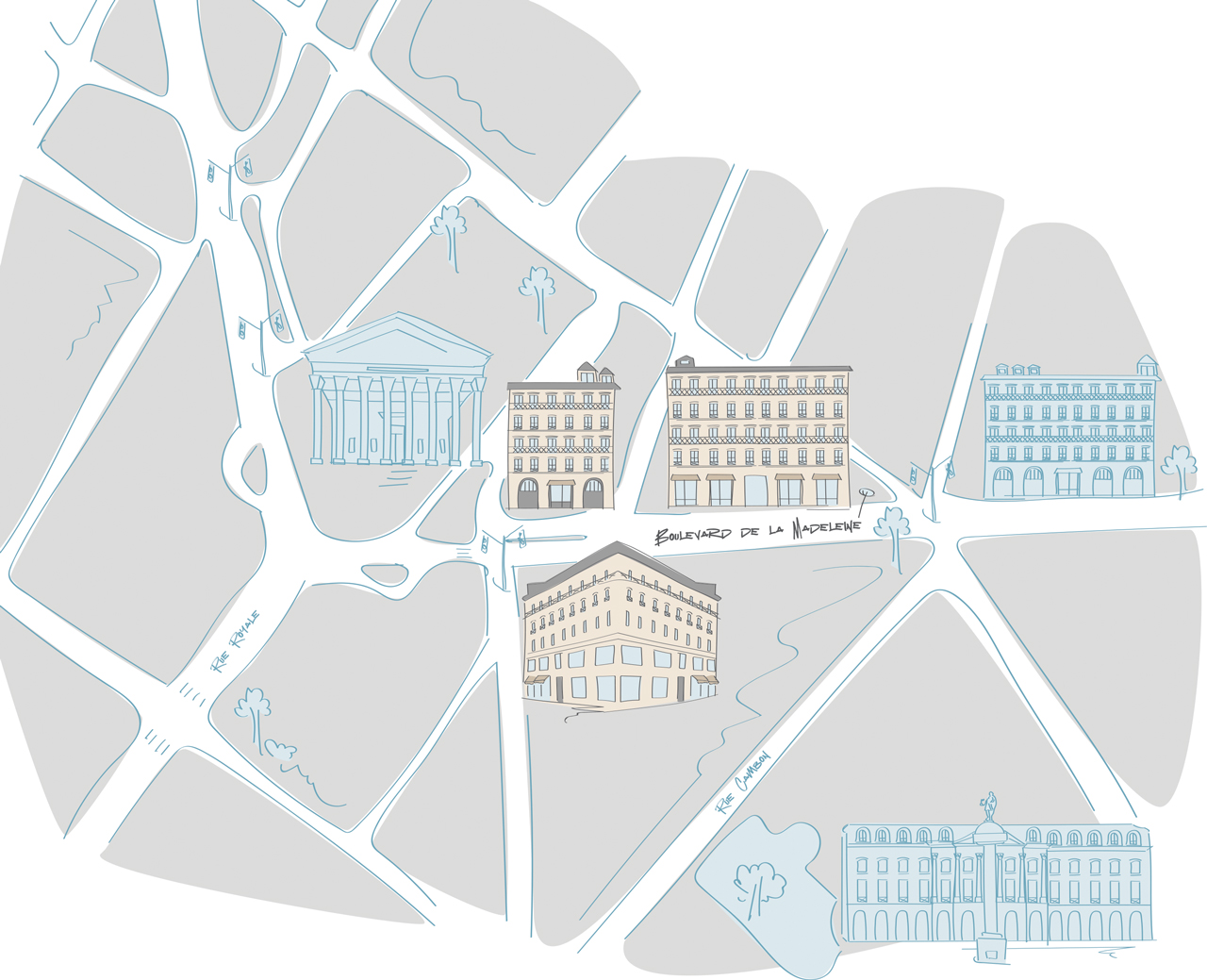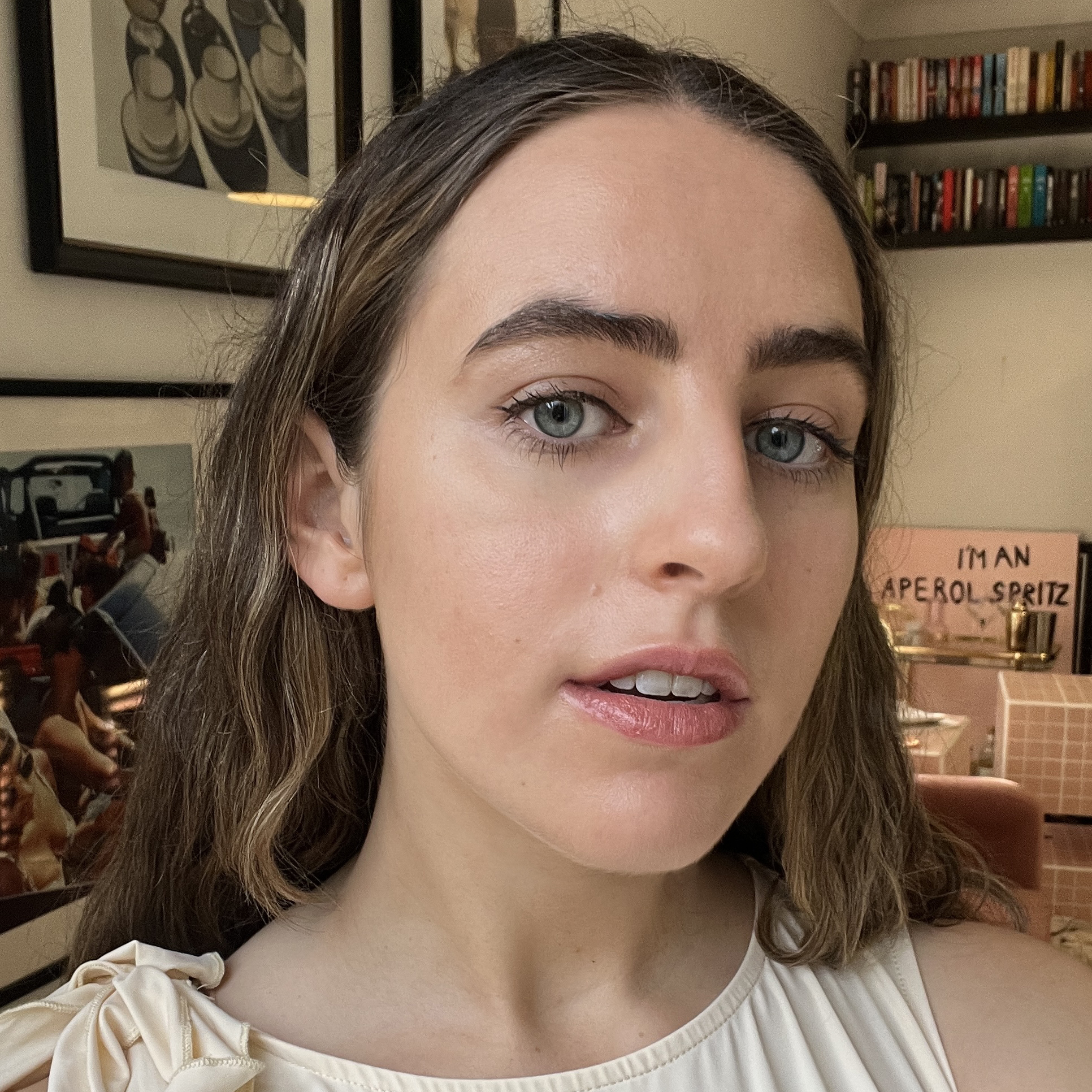News feed

WORDS: Ava Gilchrist. Art: Kimberlee Kesler. Credit: Instagram/@LouisPisano
We’ll Always Have Paris: A tale of two cities, both alike in dignity. The Paris of yore, an epicentre of creativity and home to Hemingway and Picasso, paved the way for a new vanguard to emerge. One that challenges ideals and eschews values set by bohemians and the café society. But how does this collective respond to the juxtaposing worlds in which they are operating? Musicians, writers, collectors and restaurateurs reflect the rapidly evolving backdrop of the city – an anthropological snapshot of Parisian life in its element.
When standing in Montmartre at the cusp of dusk – a fleeting moment made precious by Paris basking in an amber glow – the city is transcended in time. Its gilded Beaux Arts skyline and grey Haussmann footings are a canvas for you to splatter your boundless ambition onto and revel in its enduring source of inspiration. In these moments, it’s akin to a glass of champagne; sparkling with whimsical effervescences, and one you can’t help but drown yourself in until the arrondissements dissolve deep into your pores and consume every fibre of your being.
Then, just as the sun dips over the horizon, the wash of gold is quelled by fluorescent lights that draw you into the sleaze-dripped underground nightclubs, vivacious roistering and a cacophony of sirens. Paris peels back the layers of artificial splendour and reveals its inner beast. One that prowls around and challenges anyone who dares face it. An antidote to Paris syndrome, if you will. The city possesses a duplicitous façade – one that’s idealised as the origin of the dernier cri, but fails to recognise the friction underpinning its denizens. Indeed, a tale of two cities.
Nestled in the comfort of the Place VendÔme are the cocktail bars in which Ernest Hemingway and F. Scott Fitzgerald wrote their respective magnum opuses during the Jazz Age. Across town, the proverbial ghost of Édith Piaf haunts the stage at the 19th century concert hall L’Olympia. Perhaps even a faint red stain of tomato remains in the foundations from when Marie Antoinette made her final pilgrimage from Versailles to Tuileries Palace. Paris is the place of poets and dreamers, but beneath this grandiose metropolis seeped in culture, a sense of ongoing metamorphosis is threaded into the tapestry of the city. It’s multi-faceted and in perpetual evolution.
Parisians themselves, whether self-appointed, or by birth, are the first to boast of their dedication to change. They’re a people who shape the city to their whim through riots and protests. Systems of government bend and break at the will of the collective. An epicentre of action in all forms. Unrest is by no means a stranger to those who live here, but a neighbour that comes knocking every few months. In turn, creating a scorched earth that allows the city to start anew. Though you can always find the Paris of yore behind counters at cave à mangers, or in the corners of the Latin Quarter; a new breed rising from the remnants of its predecessor ready to chew you up and spit you back out – as the best kind of city slickers do.
This emerging Paris is unified in a shared resilience, one that reconciles the two versions of the city heralded as the mecca of artistry. Eschewing notions of bohemians and café society, this vanguard of creatives is evolving alongside their city. Ahead, everyday Parisians share their quotidian experiences with us, providing a collection of diary entries and an anthropological snapshot of Parisian life in its element.
Louis Pisano
Louis Pisano is a self-proclaimed “American immigrant bouncing around this fabulous city”. The definition of a multi-hyphenated creative, Pisano is part journalist, editor, creative director, fashion critic and full-time activist advocating for Black visibility and LGBTQA+ inclusivity. Currently, you can find them on the dance floor at their newly opened nightclub, La Nuit located on Boulevard de la Madeleine.

In Paris, there are two different worlds, unless you happen to be super wealthy. But, even then you still can’t escape the gritty rawness of the city. Yes, it’s a bit different from the fantasy media and art give us, but this is reality. It’s more vibrant, more unpredictable which makes every day an adventure. I finally found a city in which I wasn’t held back and even better I saw successful Black people all around me thriving, which was super motivating.
I think actually moving here and getting into the fabric of the city, really licking it and feeling it on your skin is a whole other experience. I’ve always felt Paris is culturally significant, I’ve been obsessed since I was a child with this city. I’m even named after French kings.
I used to live in Montmartre. I’m happy I left. I would say the vibes there in those neighbourhoods give very much Emily in Paris and the term bohemian is now nothing more than bourgeois.
Not to be cliché, but I used to find a lot of inspiration in the Marais. I was going out to bars like Le Perle (made famous by Galliano), Le Progres, and Saint Gervais. It’s a line of bars where creatives and fashion folk go and just sit on the terrace and drink wine, and next to you is a famous French actor who says ‘hello’ to a famous designer walking his dog across the street, while a model hangs out a friend’s window smoking. It was, and is, such a scene that it makes you want to be a protagonist in it, to be recognised for your talent and hard work.
I find comfort in chaos because for me it’s a sign of evolution. I’m not scared of the riots and protests. I support the causes usually, and also as a Black queer person my whole being and moving through this world is fraught with tension, so it doesn’t impact my creative process, because it’s my modus operandi.
THIS FEATURE IS PUBLISHED IN THE 15TH EDITION OF GRAZIA INTERNATIONAL. ORDER YOUR COPY HERE.










